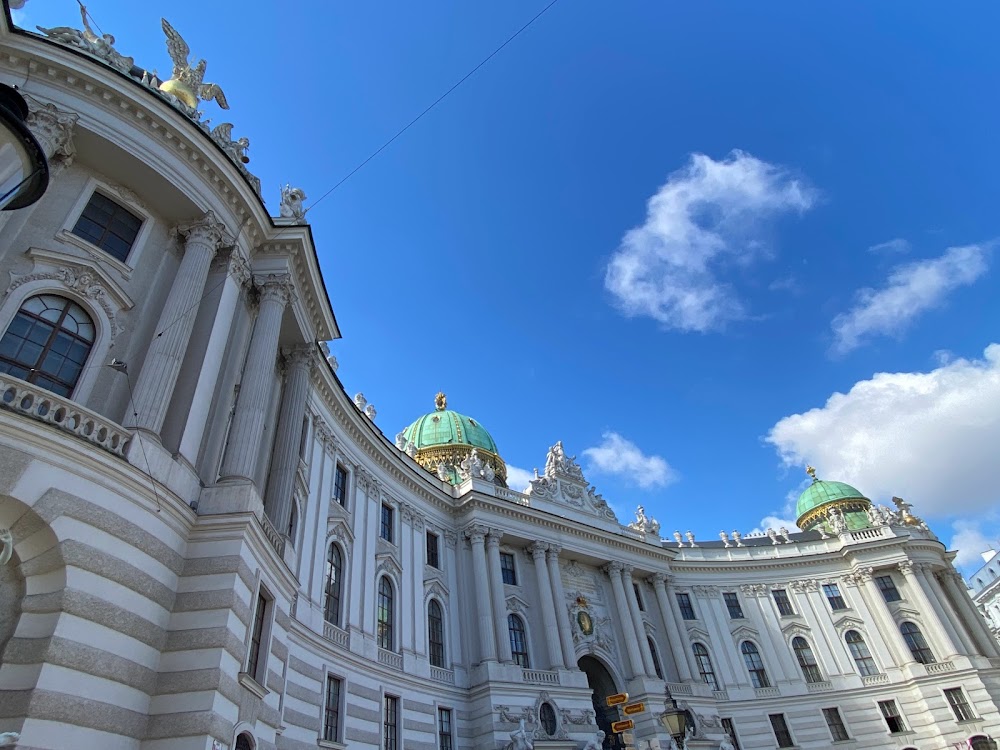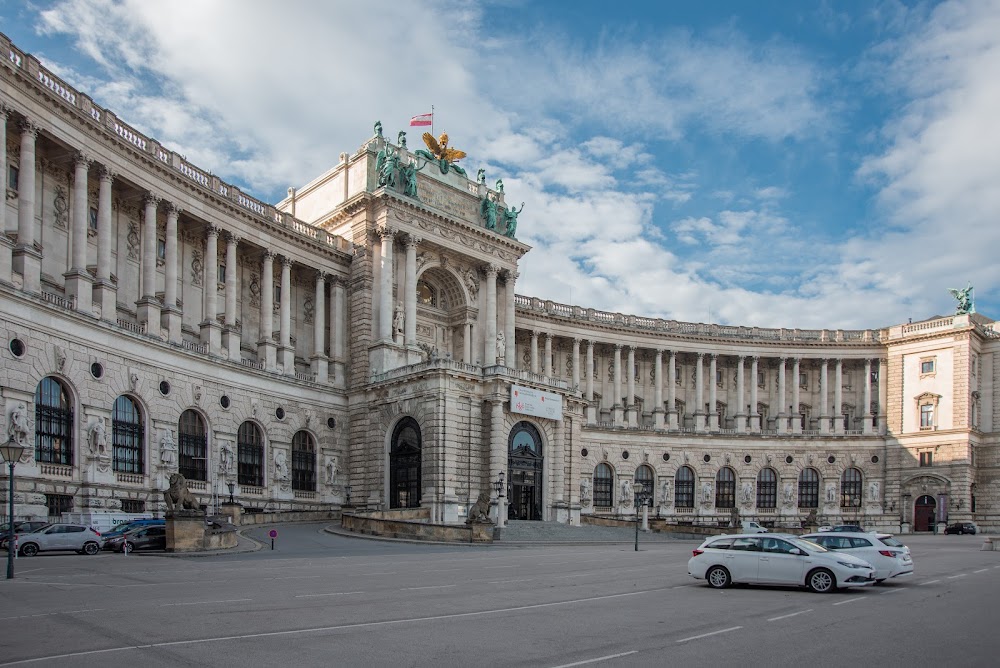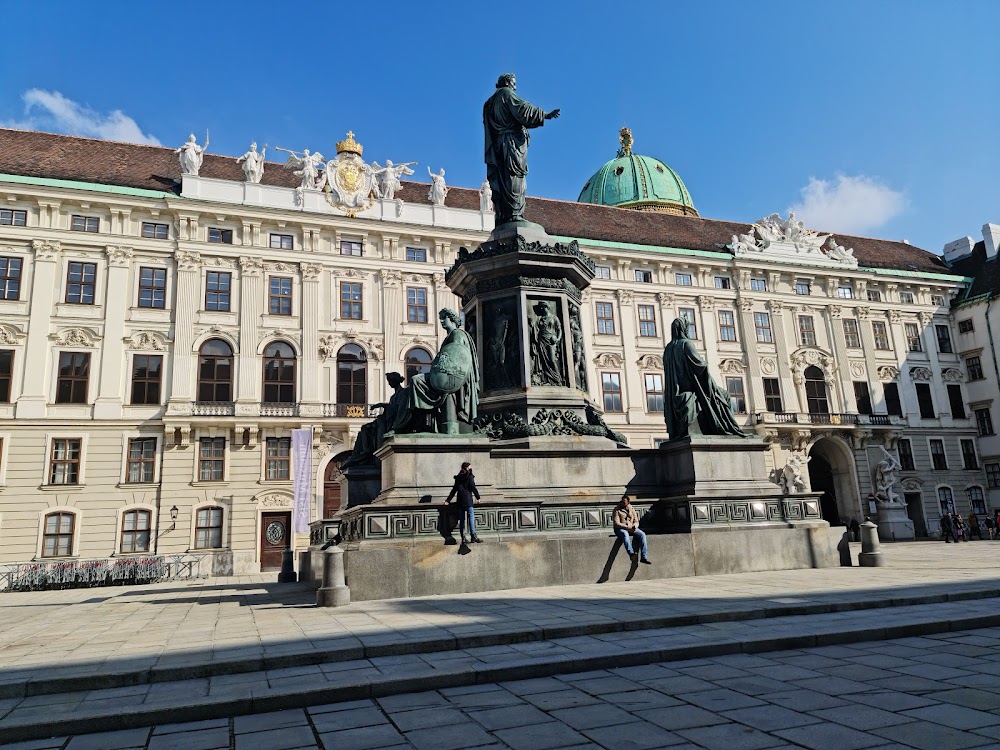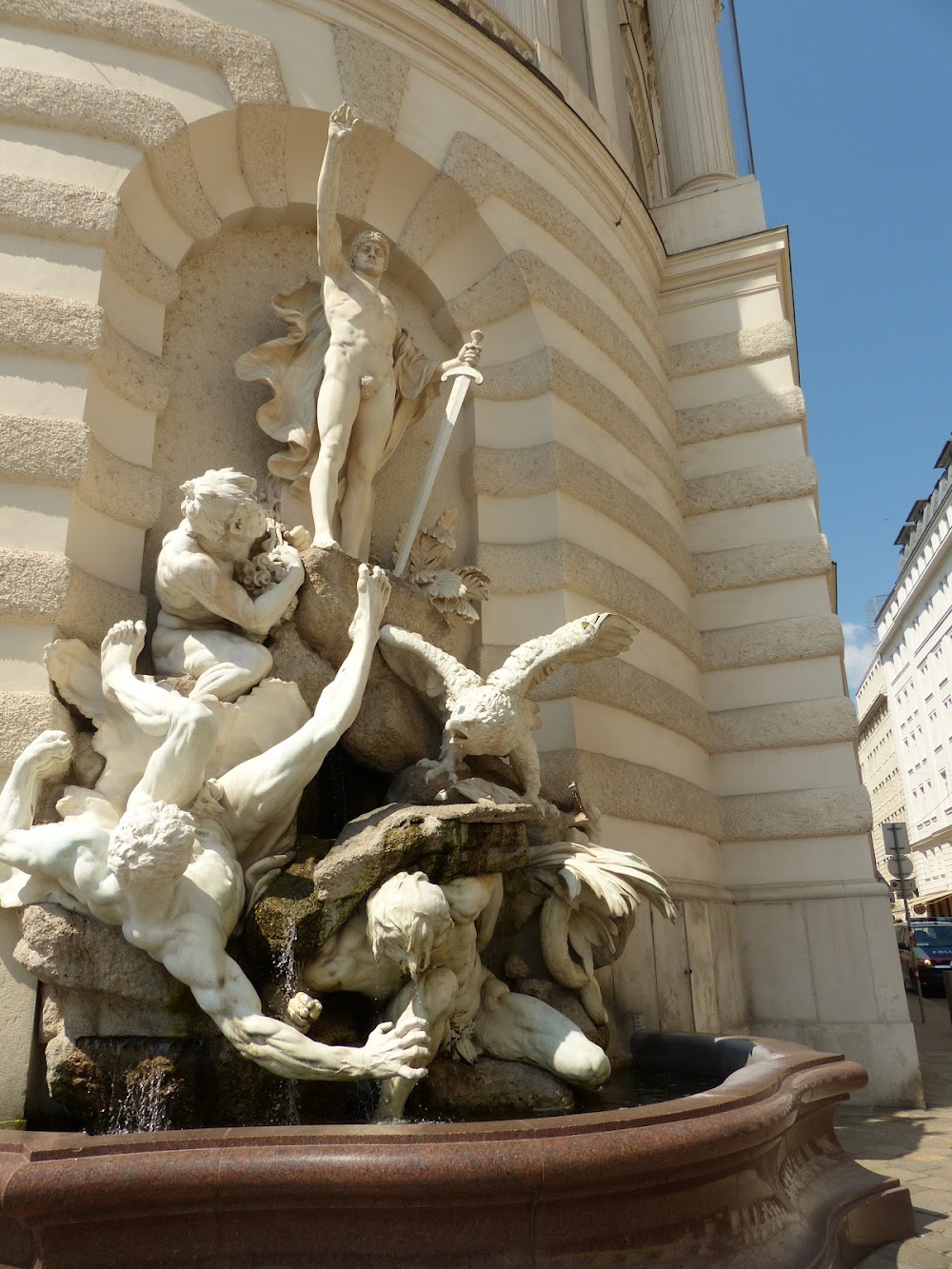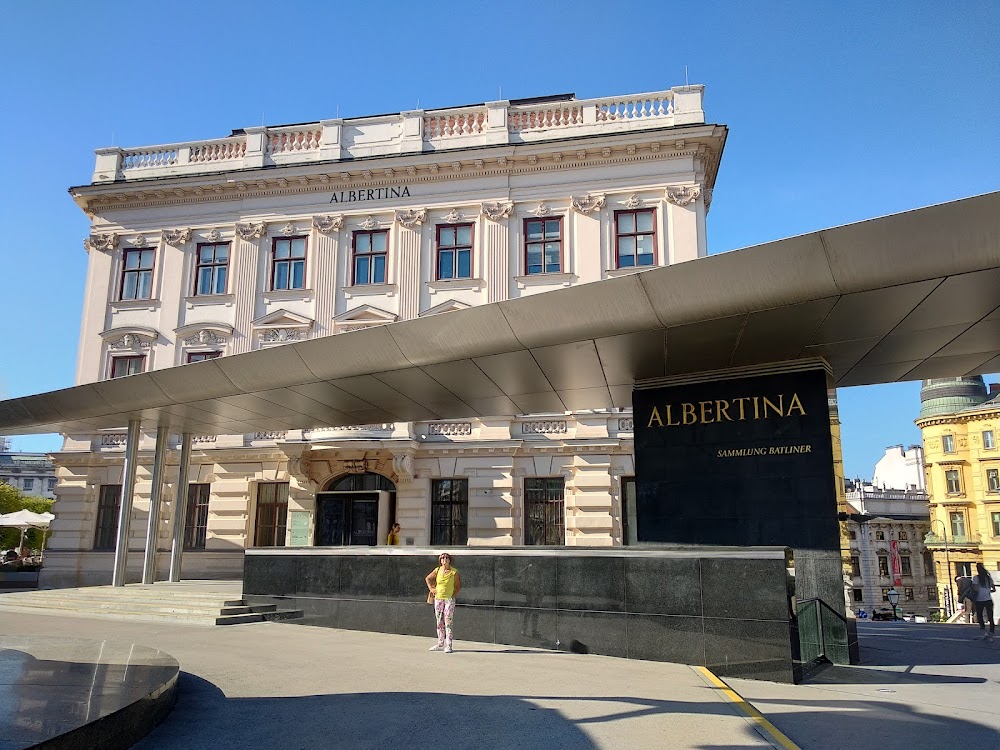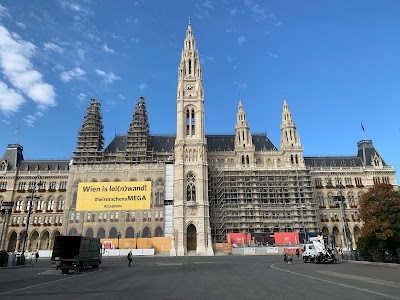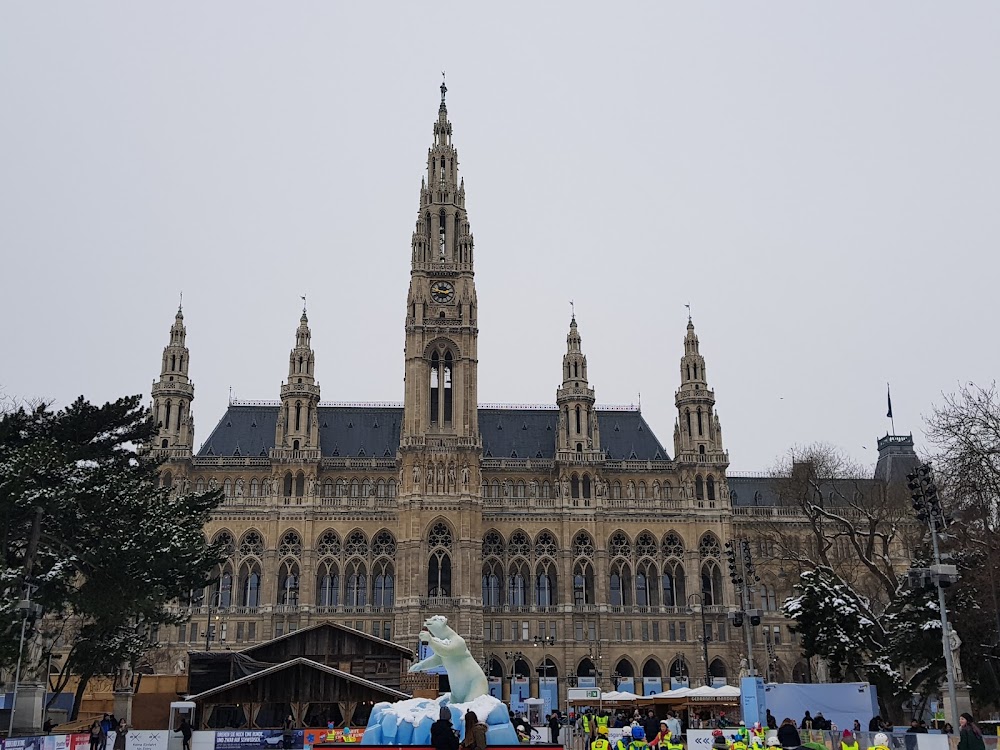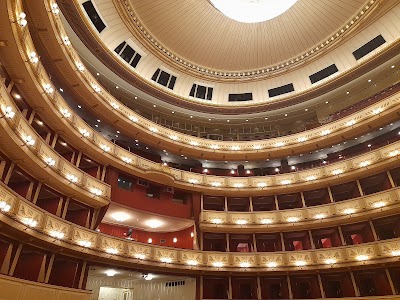Hofburg Palace (Hofburg)
Related Places
Overview
Certainly! Here’s a revised version of your travel description for Hofburg Palace that is engaging, informative, and well-structured:
---
Introduction to Hofburg Palace
Hofburg Palace, located in the heart of Vienna, Austria, boasts a rich history that spans over 700 years. Originally constructed in the 13th century as a medieval castle under the Babenberg family, it began its life as a simple fortress designed to protect against invasions while providing a residence for the nobility. Over time, as the seat of the Habsburg dynasty, the palace transformed into a magnificent imperial residence, reflecting the power and prestige of its rulers.
Architectural Evolution through the Ages
The late Middle Ages and Renaissance marked a significant period of expansion for Hofburg Palace. Under Emperor Frederick III in the 15th century, various Habsburg rulers contributed to the complex, enhancing its grandeur to align with imperial standards. This era saw the introduction of talented architects, with the Swiss Wing (Schweizertrakt) remaining as a testament to this period, showcasing Gothic and early Renaissance architectural styles.
The Baroque Transformation
During the 16th and 17th centuries, Hofburg underwent dramatic Baroque renovations, led by influential architects such as Lukas von Hildebrandt and Johann Bernhard Fischer von Erlach. Their exquisite designs added ornate details and a sense of imperial grandeur, embodying the essence of Habsburg opulence. The construction of the Stallburg, originally intended as a residence for Emperor Maximilian II and later converted into imperial stables, highlights the significance of equestrian culture within the court.
Maria Theresa and Rococo Additions
The 18th century brought another wave of transformation under the reign of Maria Theresa. She commissioned the Reichskanzleitrakt (Chancellery Wing) and the Amalienburg, which added unity and splendor to the palace's overall appearance. Designed by Nikolaus Pacassi, these Rococo-style additions seamlessly integrated with existing structures, marking a shift towards a more centralized and ceremonial court life, reflective of the era's values.
The 19th Century and the New Castle Wing
In the 19th century, Emperor Franz Joseph I launched a grand expansion, which included the construction of the Neue Burg (New Castle) wing. This was part of a larger Kaiserforum designed to connect Hofburg with the Kunsthistorisches Museum and Naturhistorisches Museum. The work of architects Otto Wagner and Karl von Hasenauer during this phase blended historicism with modernity, although many ambitious plans were left incomplete due to the outbreak of World War I and the subsequent fall of the Austro-Hungarian Empire.
Hofburg Today
Today, Hofburg Palace stands as a sprawling complex with approximately 2,600 rooms across 18 wings, showcasing a diverse array of architectural styles from Gothic to Renaissance, Baroque, Rococo, and Historicism. It serves multiple purposes: as the official residence and workplace of the President of Austria, it also houses significant museums, including the Sisi Museum, the Imperial Apartments, and the Austrian National Library. Additionally, it functions as a cultural hub for events, concerts, and prominent international conferences.
Historical Highlights
Visitors to Hofburg can explore many historically significant rooms and halls, such as the Imperial Chapel (Burgkapelle), where the famed Vienna Boys' Choir performs, and the Hofburg Treasury, which showcases priceless crown jewels and imperial regalia. Each section of the palace provides a captivating glimpse into the grandeur and intricate history of the Habsburgs, illustrating their enduring influence on both Austria and Europe.
As a result, Hofburg Palace stands as a remarkable testament to the evolution and splendor of European imperial architecture and history, inviting travelers to immerse themselves in its rich past.
---
Feel free to adjust any sections further to fit your style!


